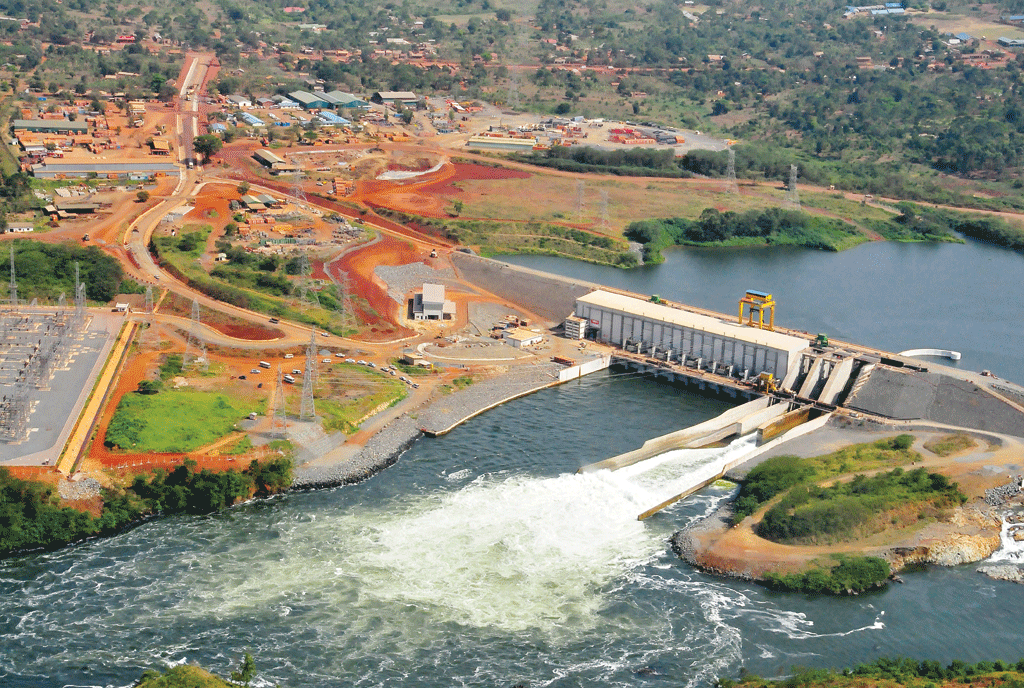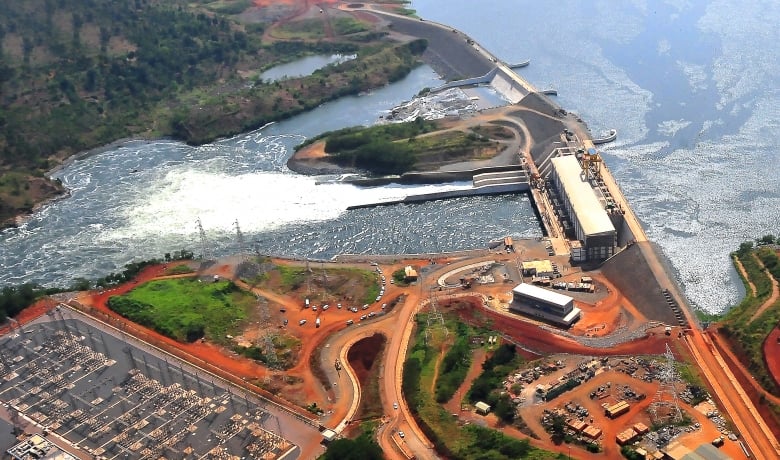Prime
Cabinet clears plan to buy power from Kenya

Dams. The amount of power generated from hydro dams is 1,004.3MW. This is broken down as; Isimba Dam 183MW, Bujjagali Dam (above) 250MW, Nalubaale and Kiira dams 380MW, other mini hydro dams on various rivers 119.45MW. PHOTO/FILE
What you need to know:
- The move follows the flooding of Isimba Dam.
Cabinet on Monday received a report of last week’s flooding of the 183MW Isimba Dam that was temporarily shut down leading to a power shortfall, and greenlit a proposal to import 60megawatts from Kenya to plug the gap.
The $568m (Shs2.1 trillion) dam, 80 percent a loan from China’s EXIM Bank, was flooded on Monday last week nearly submerging the powerhouse that houses generators, turbines and other electrical installations requisite for electricity generation.
The deluge, which was caused by a defective radial outflow gate according to multiple sources, also short-circuited switchboards, electric motors, and other equipment. Costing of the extent of damage is ongoing but sources hinted it will cost billions.
In an interview with this newspaper yesterday, Energy minister Ruth Nankabirwa revealed that arrangements have been finalised to import 60MW from neighbouring Kenya to address the shortage occasioned by the current emergency.
“We had to gather around so that we do not suffer a big load shedding and you would be experiencing this because of what happened,” she said.
Kenya is one of the export markets, alongside Tanzania, South Sudan and the Democratic Republic of Congo, for Uganda’s surplus electricity. According to the 2019/2020 Bank of Uganda report, the export of 320,372 megawatts of electricity fetched $46m (Shs173b).
Ms Nankabirwa warned that some parts of the country, especially along the Isimba Dam evacuation distribution lines, will continue to experience intermittent power supply.
Cabinet also approved the evacuation of 50MW of electricity from the Namanve Thermal Power Plant, previously operated by Jacobsen Elektro AS Norway under a 13-year build, operate and transfer arrangement until early this year when Uganda Electricity Generation Company (UEGCL) took over it.
Another 20MW from Bagasse (sugarcane pulp) will be acquired from Kakira Sugar Works.
Uganda’s electricity generation capacity stands at 1,254MW, of which 1,004.3MW is from hydro dams including Isimba Dam (183MW), Bujjagali Dam (250MW), Nalubaale and Kiira dams (380MW), and other mini hydro dams on various rivers (119.45MW). Average demand peaks at 800MW.
Asked about the cost of the Kenya power evacuation plan, Ms Nankabirwa said Uganda has a bilateral agreement with Kenya on power trade. As such, Uganda will pay back Kenya in kind whenever Isimba Dam is restored.
The minister confirmed that the flooding at the dam, which was commissioned only three years ago, was due to human error but did not provide more details.
However, sources who visited the dam told Monitor the incident happened when UEGCL engineers attempted a bypass procedure—getting clearance for the release of water from the reservoir—when the gate faulted.
During an inspection meeting last Thursday, a blame game ensued between UEGCL and the project contractors, China International Water and Electric Corporation, over the cause of the accident as the dam remains under the defects liability period, the period specified in the contract during which a contractor is legally required to return to a construction site to repair any defects.
Monitor has also learnt that the dam almost flooded on the eve of its commissioning in March 2019, which further raises questions about the structural integrity of the facility.
“The operation procedure that was taken, which engineers call Level One safety procedure, to switch off the dam saved us from death because the staff were there and more equipment would have been damaged,” Ms Nankabirwe said.
She added: “The plant is under insurance cover. The government is not going to incur costs there. We have not asked for money from the government because from the quick calculations UEGCL came up with, we are not going to ask for money.”
Importation of the new equipment, she said, will be effected within six months.




